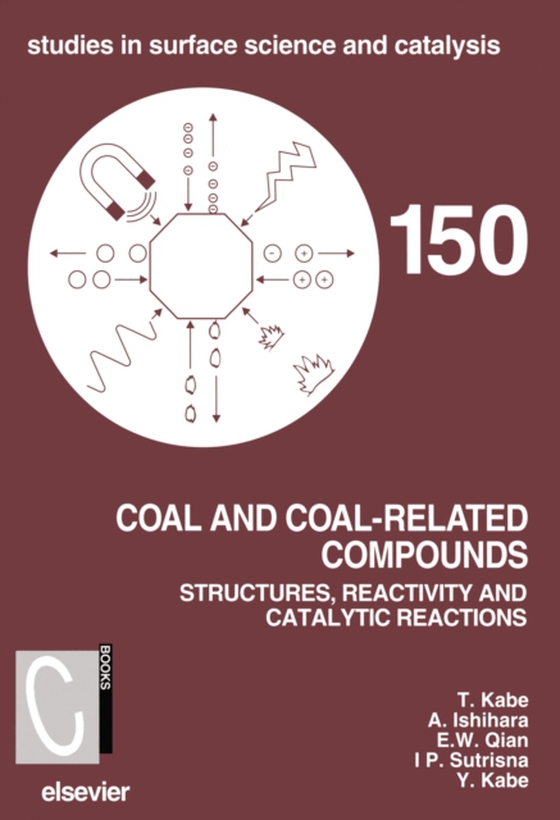
Coal and Coal-Related Compounds e-bog
2738,46 DKK
(ekskl. moms 2190,77 DKK)
Coal is more abundant than petroleum and natural gas. Further, coal is not localized but can be used by many more countries than petroleum. Therefore, if we can establish coal utilization technology, coal will bring about a great contribution to human life and society. On the other hand, shortage of petroleum and natural gas are anticipated in the second half of the 21st century. To compens...
E-bog
2738,46 DKK
Forlag
Elsevier Science
Udgivet
18 november 2004
Længde
362 sider
Genrer
PNRD
Sprog
English
Format
pdf
Beskyttelse
LCP
ISBN
9780080529233
Coal is more abundant than petroleum and natural gas. Further, coal is not localized but can be used by many more countries than petroleum. Therefore, if we can establish coal utilization technology, coal will bring about a great contribution to human life and society. On the other hand, shortage of petroleum and natural gas are anticipated in the second half of the 21st century. To compensate, the use of coal is expected to gradually increase during the 21st century. In the future, the development of the coal utilization technology will become more and more important to insure the supply of liquid fuels for transportation and carbon sources for the manufacture of chemicals and plastic materials.In order to develop such technologies, the elucidation of the structure of coal is a fundamental area of study. Further, more efficient coal utilization technology must be established to meet environmental legislation. One of the key technologies for this purpose is catalysis. This volume provides detail of the basic and practical aspects of the science and technology of coal utilization with and without catalysts. The actual structure of coal, the chemistry included in the reactivity of coal, the methods to elucidate the structure of coal and re-action mechanisms of coal conversion, the most important catalyst for converting coal to liquid and gas, the role of the catalysts in coal conversion, the problems in the process engineering, and how to meet environmental regulations are discussed in detail. The recent progress in studies on the structure and reactivity of coal made over the last century is summarized and reviewed with emphasis on both fundamental and applied aspects of the science and technology for coal processing in the presence and absence of catalysts.* This book highlights the issues faced in trying to discover more efficient coal utilization technology.* Provides detailed discussion on how to meet environmental regulations and legislation. * Fills the gap between both the scientific and practical sides of coal utilization with and without catalysts.
 Dansk
Dansk

